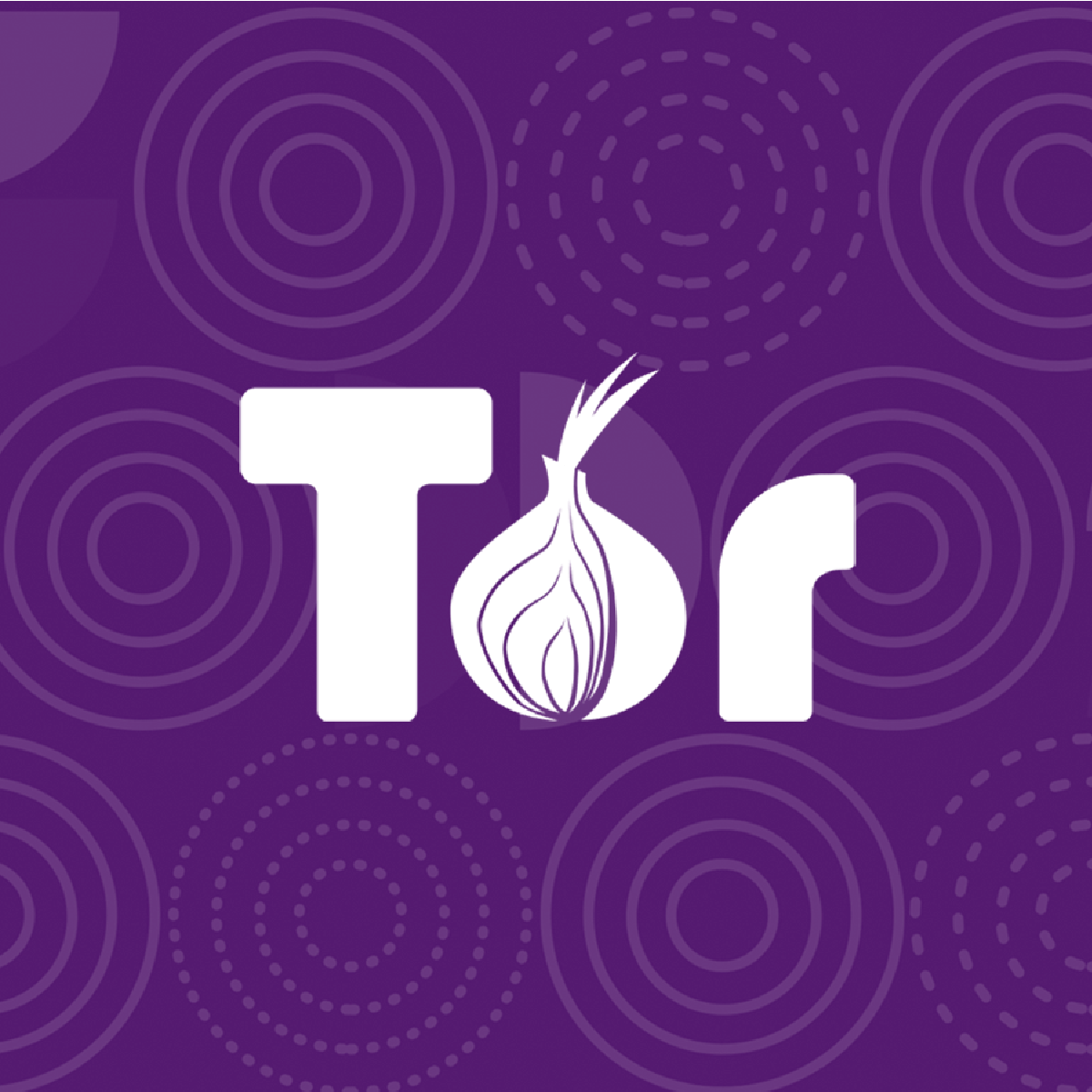

- #Picture of tor browser logo Patch
- #Picture of tor browser logo android
- #Picture of tor browser logo software
If the user hasn’t previously allowed the site in the URL bar to access Canvas image data, pure white image data is returned to the JavaScript APIs.
#Picture of tor browser logo Patch
Moreover, we put media streams on a canvas behind the site permission in that patch as well. However, until then, to reduce the threat from this vector, we have patched Firefox to prompt before returning valid image data to the Canvas APIs, and for access to isPointInPath and related functions.
#Picture of tor browser logo software
If WebGL is normalized through software rendering, system colors were standardized, and the browser shipped a fixed collection of fonts (see later points in this list), it might not be necessary to create a canvas permission. In some sense, the canvas can be seen as the union of many other fingerprinting vectors. In fact, the hash of the rendered image can be used almost identically to a tracking cookie by the web server. Subtle differences in the video card, font packs, and even font and graphics library versions allow the adversary to produce a stable, simple, high-entropy fingerprint of a computer. Studies show that the Canvas can provide an easy-access fingerprinting target: The adversary simply renders WebGL, font, and named color data to a Canvas element, extracts the image buffer, and computes a hash of that image data. (For more information about this, I’m quoting this particular section from the Tor Browser Design and Implementation Doc)Īfter plugins and plugin-provided information, we believe that the HTML5 Canvas is the single largest fingerprinting threat browsers face today. I believe you’re running into this issue because Tor Browser is blocking the website’s attempt to HTML5 Canvas Image Extraction.

"Hackers build private 'Ninja Tel' phone network at Defcon".
#Picture of tor browser logo android
"Mission Impossible: Hardening Android for Security and Privacy | Tor Blog". The network was operated from The Ninja Tel van, with official looking logo, a GSM base station a 12-foot antenna networking and Web app servers parked in a large room at Defcon. In 2012 the Ninja phone, an HTC One V phone running Android 4.0.3, was developed to demonstrate using an independent GSM phone network at DefCon. In 2014 a mobile version of TAILS operating system was announced. In 2014 the Boeing Black phone was advertised as a more secure Android-based phone, with dual-Sim for using public and government networks. In 2014 Blackphone from Silent Circle was sold as an Android-based phone with applications and services to provide more secure messaging, VPN and cloud storage. In January 2015 David Briggs and Nick Spriggs began an unsuccessful Indiegogo campaign to make the BOSS phone, an Android-based phone with "rooted Tor encryption" to anonymize and privatize internet browsing. John Corpuz of Toms Guide listed Tor Browser (Desktop and Android), and Onion Browser (iOS) as two of 16 "best ad blockers in 2021". In 2018 Louis Adam of ZDNet France discussed new official support of Tor Project for Tor services on Android phones, including Tor Browser and Orbot. As of 2016 there were about 2 million daily Tor users, total, including all devices and methods.

The number of Tor users on phones is unknown. Follow-on project, GrapheneOS continues supporting usage of Orbot (Tor) VPN and Torbrowser on Android-based phones. Another option is to use Torbrowser on smartphones. The prototype Tor Phone was based on CopperheadOS, which added additional security features. Tor Phone refers to a smartphone set to route internet connections through Tor network, for example using the Orbot application and Android VPN settings, although according to developer Mike Perry in 2016, Android's VPN APIs were not secure and could leak data at boot, which affects Orbot too.


 0 kommentar(er)
0 kommentar(er)
